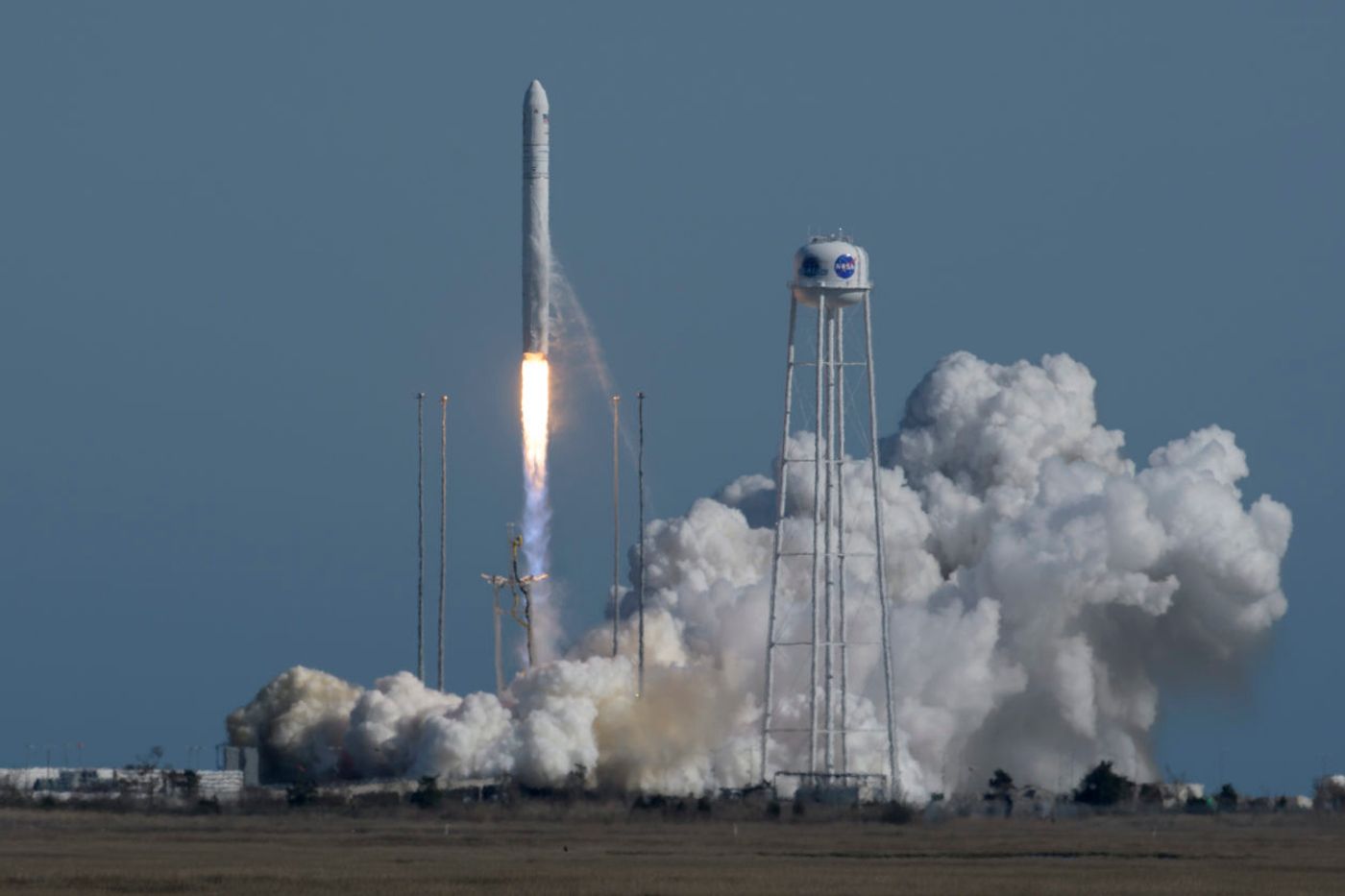International Space Station Receives Fresh Batch of Supplies in Time for Easter
Astronauts on the International Space Station are enjoying a fresh batch of supplies in time for the Easter holiday after a Northrop Grumman-built Antares resupply rocket ignited its engines and blasted off from a launch pad at NASA's Wallops Flight Facility in Virginia on Wednesday.
Image Credit: Bill Ingalls, NASA
The Cygnus spacecraft that was at the top of the Antares rocket arrived at the International Space Station just two days later, carrying more than 7,600 pounds’ worth of provisions. Those included food, oxygen, water and a host of new science experiments that astronauts on the Earth-orbiting space lab will deploy over the next several months to advance our knowledge of space science.
Related: SpaceX's Falcon Heavy rocket successfully delivers its first commercial payload into space
In one of NASA’s public statements, we learn that the Cygnus spacecraft will stay docked with the International Space Station until July 23rd. In that time, astronauts will use it as a giant garbage can, removing waste that has accumulated on the space station since the last resupply launch. Afterward, the spacecraft will detach from the space station and deploy CubeSats in space before eventually re-entering and burning up in the Earth’s atmosphere – trash and all.
It seems like business as usual for NASA, right? Well of course it is, but most of the fun involves what NASA shipped to the International Space Station rather than the rocket launch itself. The American space agency highlighted a few the most notable science experiments to be shipped to the International Space Station on its website, including the following:
- Advanced Colloids Experiment-Temperature-10 (ACE-T-10): A venture that will research the effectiveness of different gels in the microgravitational environment with the hope that they may hold the key to space exploration.
- Bio-Analyzer: An experiment that will push the boundaries of modern health science by collecting body fluid samples for analysis in record times with bleeding-edge technologies.
- Vascular Aging Investigation: A component that will analyze how astronauts age in outer space. It will prove useful as NASA explores the effects of microgravity and space radiation on the human body in preparation for deep-space missions.
- Rodent Research-12, Tetanus Antibody Response by B Cells in Space (TARBIS): An experiment to study the immune response in rodents when challenged in a microgravitational environment. This could advance the development of vaccines and therapies for deep-space astronauts going forward.
- Astrobee: An entirely new floating robot system that will succeed SPHERES and increase productivity by aiding astronauts on the International Space Station.
Several additional experiments are packed onboard the Cygnus spacecraft, but NASA hasn’t gone into much detail about those in the public statement. On the other hand, here's a video of the launch for those interested:
Related: SpaceX now plans to launch a miniature BFR prototype
It’s worth noting that SpaceX is slated to deliver more supplies to the International Space Station by April 26th, which is less than a week from now. That said, the astronauts doing work there should have plenty of things on their plate to keep them busy over the next several months.
Source: NASA









